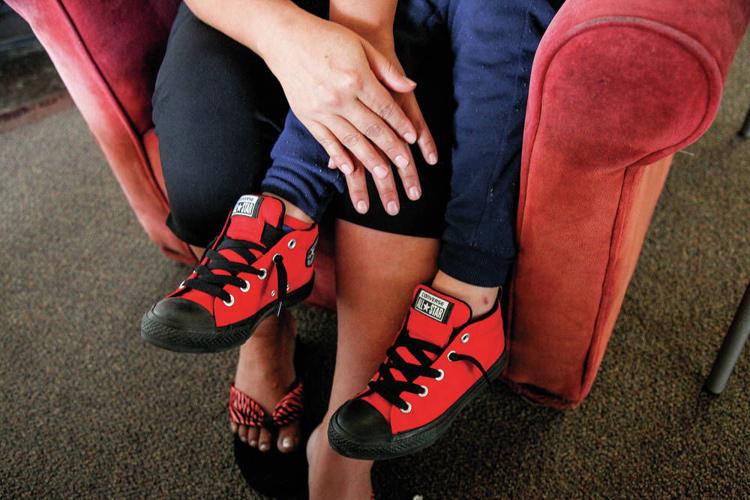In January 2017, a teenager fleeing his violent uncle in Guatemala crossed the Sonora Desert and showed up alone at the Arizona border. He hoped to reach his older brother, Gari, who was living in Santa Fe, New Mexico.294
The 17-year-old was taken in by border officials and later transferred to the custody of the Office of Refugee Resettlement (ORR), which is run by HHS. Upon arrival, ORR officials asked the teenager whether he had any close family members living in the U.S. who could take him in. Unaccompanied minors at the border are often afraid to answer that question, especially if their relatives are undocumented, because the children understand that sharing any information with government officials could put their family members in jeopardy. But the children have few alternatives. They are desperate to see their families. So, they take the risk.295 The teenager told the officials that he had a brother in the U.S. and gave them Gari’s name and phone number.
When Gari received the call about his brother, he was struck with concern, but he was also worried about what it would mean to step forward and take the boy under his care. Gari had a family of his own—a wife, a 7-year-old son and an infant daughter—and he was afraid that participating in the extensive application and background check process would put him at risk of deportation.
But HHS officials had assured him that that would not be the case. Gari was told that his participation in the process wouldn’t affect his own safety. It was simply necessary to place his brother with a caretaker during the boy’s immigration case. With that in mind, Gari decided to accept legal guardianship of his brother, whom he hadn’t seen in more than a decade.
Just a few months later, however, Gari’s fears were realized. After his brother told the government his name and after Gari agreed to step forward as a sponsor, ICE went after him. That August, ICE agents arrived at his home, arrested him, detained him in an ICE facility in Chaparral, New Mexico and placed him in deportation proceedings.296 The immigration agents even looked for his wife, Marisol, before they finally took Gari away.
- 294. See Uriel J. Garcia, ICE arrests young immigrant’s sponsor months after feds assured him he’d be safe, Santa Fe New Mexican (Sept. 9, 2017), https://www.santafenewmexican.com/news/local_news/ice-arrests-young-immigrant-s-sponsor-months-after-feds-assured/article_428366f5-6d03-552c-a277-93b83d3005e2.html.
- 295. This passage is adapted from a translator’s 2017 description of the standard ORR intake process. See Valeria Luiselli, Tell Me How It Ends: An Essay in 40 Questions 49 (2017).
- 296. See Garcia, supra note 294.


